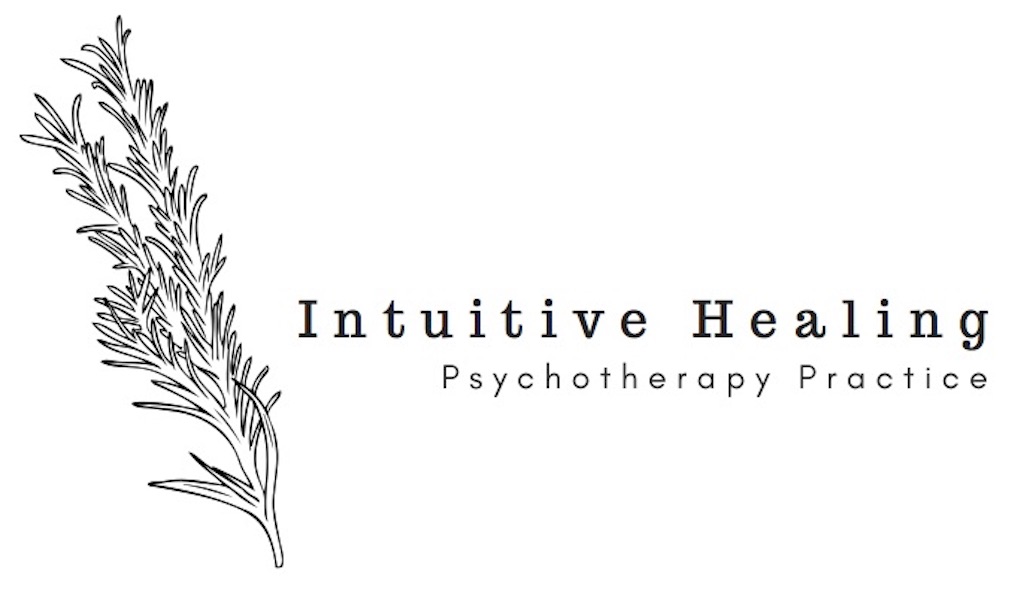Grounding Exercises for Busy and Flexible Schedules
Eileen Chiu, LMHC
What do your “bad” moments look and feel like? What thoughts, emotions, and physical sensations are often involved? How do you cope?
Grounding is a self-soothing strategy that gets you out of your head and away from upsetting thoughts, impulses, memories, or feelings, and to focus on the present moment, more specifically centering your body in the physical environment. It often involves the use of the five senses. This “distraction” can be relieving. The grounding pause also allows you the time and clarity to consider your options and choices for the next steps, instead of engaging with an immediate fight or flight response that you may later regret. You learn that you can feel uncomfortable emotions while also feeling some sense of control and safety, and be able to tolerate it.
Some situations where these techniques can be particularly helpful include, but are not limited to when you are experiencing emotional pain due to a loss when a panic attack is triggered by a smell that reminded you of a traumatic event when you feel lost as you contemplate about your future and the meaning of life when you feel helpless and angry as you learn a day in and day out about the surge of violent and unprovoked attacks on the streets, and in moments when you may zone out or space out.
Often times what may exacerbate these distressing experiences is when we may be hard on ourselves and deny the time, space, and energy to go through these moments with acceptance, tolerance, and compassion. It is my goal here to help you create a toolkit of grounding skills to practice at the moment as soon as you notice any signs of distress, acknowledge what you are experiencing, and dial down to a manageable level. There are options for quick ones that require less than 60 seconds, as well as options that may require 60 seconds and more.
Important things to keep in mind
Grounding can be done at any time and any place
Practice often so it can become part of your habit which increases the likelihood of remembrance and use in highly intense experiences
Experiment with different techniques to see which fits you more in different moments/periods of time. What worked today or this week may not work tomorrow or next week. One technique may be more enjoyable and/or effective for certain experiences than others
Rate your level of distress (0-10; 10 is extreme and out of control) before and after grounding. Has your distress gone down? Do you need to repeat the grounding again?
Refrain from judgments of “good” and “bad’. For example, “I am grounding badly” or “I see the yellow flowers. I don’t like yellow.”
Techniques that may require 60 seconds or less
Freeze your favorite candies (gummy bears, skittles, jolly ranchers, mint) and suck on it
Give yourself a bear hug and say a safety statement (For example “My name is _________; I am safe right now. I am in the present, not the past. I am located in _____________ the date is _____________”) or affirmation statement (For example “I choose to be at ease. I am moving towards calmness and confidence”).
Carry a ground object in your hand and/or pocket that you can touch easily and focus on the texture, weight, and temperature. For example, a small rock, slime, paperclip, piece of cloth, or keychain).
Smell peppermint essential oil or lavender essential oil or a favorite fragrance
Find and name things that represent each color in the rainbow in order (Red, Orange, Yellow, Green, Blue, Indigo, and Violet)
Play a “categories” game. For example, “types of dogs”, “food items that begin with the letter E”, “things you pack for a vacation”
Do something goofy. For example, pat your head and rub your tummy simultaneously, and repeat a funny tongue-twister (E.g. “Birdie birdie in the sky laid a turdie in my eye. If cows could fly I’d have a cow pie in my eye”).
Techniques that may require 60 minutes or more
Mammalian diving reflex: Fill a bowl with icy cold water, hold your breath, and put your face in the icy cold water for 30 seconds. Make sure that your forehead, underneath eyes/above cheekbones, and the area around and including the nose feel the icy water
5-4-3-2-1: Name 5 things you can see, 4 things you can touch, 3 things you can hear, two things you can smell, and 1 thing you can taste
Describe an everyday or favorite activity in great detail. For example, make your ham and cheese breakfast sandwich (e.g. First I take out all the ingredients, then I spread one side of the bread with mayonnaise and the other side with dijon mustard. Then I add 3 slices of cheese and 3 slices of ham per sandwich. Then I add 2 slices of pickle each, then top with the remaining slice of bread. Then…)
Imagine: Gliding along on skates away from your pain; Decorating a dark and empty room with your favorite and uplifting objects; Floating on the water as it gently laps your skin
Play a song and have a dance session, engaging freely in any movements and stretching out your muscles
Engage in a Mindful Coloring session (some of my recommendations!
The Mindfulness Coloring Book: Anti-Stress Art Therapy for Busy People by Emma Farrarons, Calm the F*ck Down: An Irreverent Adult Coloring Book by Sasha O'Hara)
